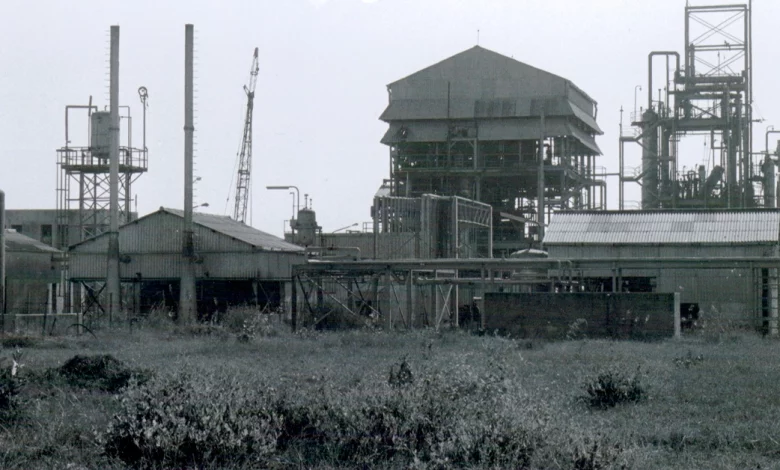
About:
- The Bhopal gas tragedy is considered one of the most severe industrial disasters ever. It took place at the Union Carbide India Limited (UCIL) pesticide plant in Bhopal, MP, during the night of 2-3 December 1984.
- The gas methyl isocyanate (MIC) was released, leading to immediate and long-lasting harm and fatalities for both humans and animals.
Causes of Gas Leak:
- The reason for the gas leak is still under discussion, with some believing it was caused by the company’s carelessness and others suspecting an employee intentionally caused it.
- In any case, multiple factors contributed to the occurrence of the catastrophe.
- The UCIL plant had inadequate tank maintenance for storing large amounts of the highly reactive and volatile chemical, MIC.
- The plant had to cut back on staff and safety measures because they were losing money and facing competition in the market.
- The factory was situated in a crowded area where the residents lacked adequate emergency plans or alert systems.
- During the incident, a significant amount of water entered a storage tank containing MIC, potentially due to a faulty valve or deliberate sabotage. This led to a reaction inside the tank, causing it to rupture and release a massive cloud of MIC gas into the air.
Impact of the Gas Leak:
- According to a report released in 2019 by the International Labour Organization (ILO), an agency of the United Nations, a staggering amount of 30 tonnes of toxic gas not only harmed over 600,000 workers but also had detrimental effects on the surrounding population.
- This calamity, as stated in the report, ranks as one of the most significant industrial disasters in the world since the year 1919.
Laws Passed:
- The Bhopal Gas Leak Disaster (Processing of Claims) Act, 1985 bestowed upon the Central Government the sole authority to legally represent and act on behalf of all individuals involved in the claims related to the Bhopal gas leak disaster.
- The Environment (Protection) Act of 1986 allows the central government to regulate industrial activity for the safety of the environment and the public.
- The Public Liability Insurance Act of 1991 provides insurance coverage for those affected by accidents involving hazardous substances.
- The Civil Liability for Nuclear Damage Act of 2010 establishes a compensation system for victims of nuclear accidents, holding the operator of the nuclear plant responsible for any damage regardless of fault.
Source: TH
Practice question:
Q. What were the key factors contributing to the Bhopal Gas Tragedy, and how did it impact industrial safety regulations and corporate responsibility in India?”





.png)



